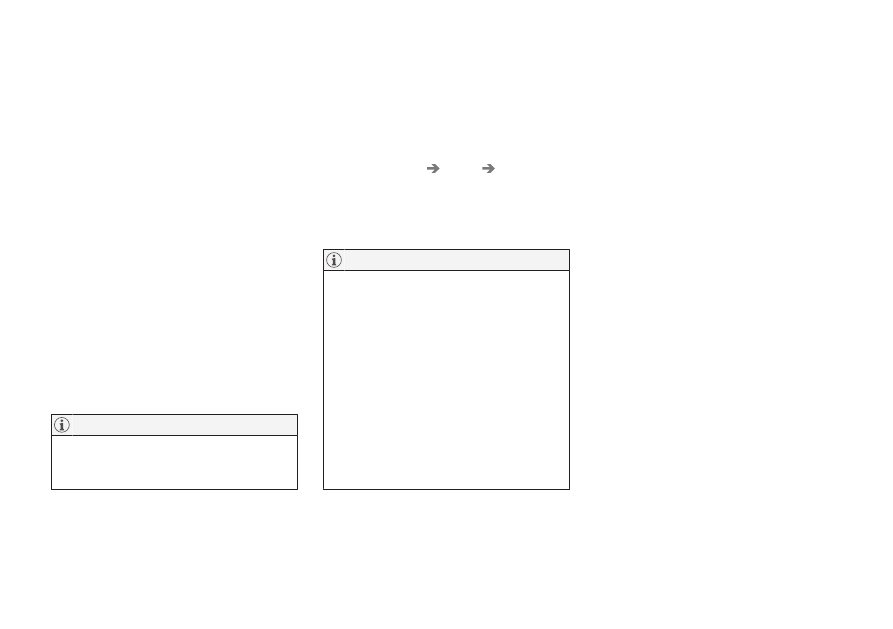Volvo XC90 Excellence (2018 year). Instruction - part 23

DRIVER SUPPORT
* Option/accessory.
380
Assistance upon risk of collision
The
Collision Avoid. Assistance
function is
designed to help the driver reduce the risk of the
car leaving its lane unintentionally and/or collid-
ing with another vehicle or obstacle by actively
steering the car back into its lane and/or swerv-
ing.
The
Collision Avoid. Assistance
function con-
sists of three subfunctions:
•
Steering assistance upon risk of lane depar-
ture
•
Steering assistance upon risk of head-on
collision
•
Steering assistance upon risk of rear-end
collision
*
After automatic engagement, the driver display
indicates that this has occurred via a text mes-
sage:
•
Collision avoidance
assistance
:
Automatic intervention
It is always the driver who decides how much
the car should steer – the car can never take
command.
Activating/deactivating Assistance in
the event of a collision risk
The function can be selected - the driver can
choose to have it On or Off.
Proceed as follows to switch it off:
1. Select
Settings
My Car
IntelliSafe
in
the centre display's top view.
2. Deselect
Collision Avoidance Assistance
.
> The function is then disengaged.
When the
Collision Avoid. Assistance
function is deactivated, all subfunctions are
switched off:
•
Steering assistance at risk of lane depar-
ture
•
Steering assistance at risk of oncoming
collision
•
Steering assistance at risk of rear-end
collision
Even though it is possible to deactivate the
function, it is advisable for the driver to always
have it activated since it improves driving
safety in most cases.
Related information
•
Steering assistance upon risk of lane depar-
ture (p. 382)
•
Symbols and messages for assistance upon
risk of collision (p. 381)
•
Steering assistance upon risk of head-on
collision (p. 384)
•
Steering assistance upon risk of rear-end
collision
•